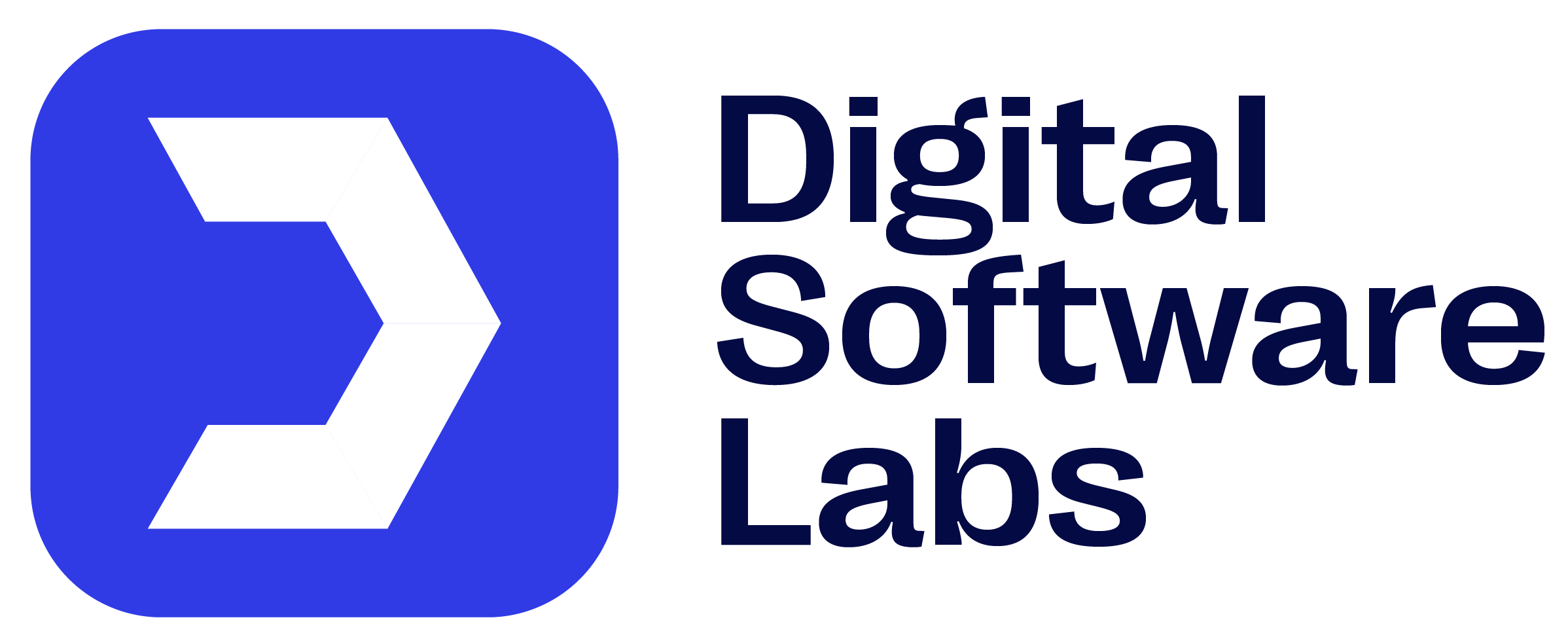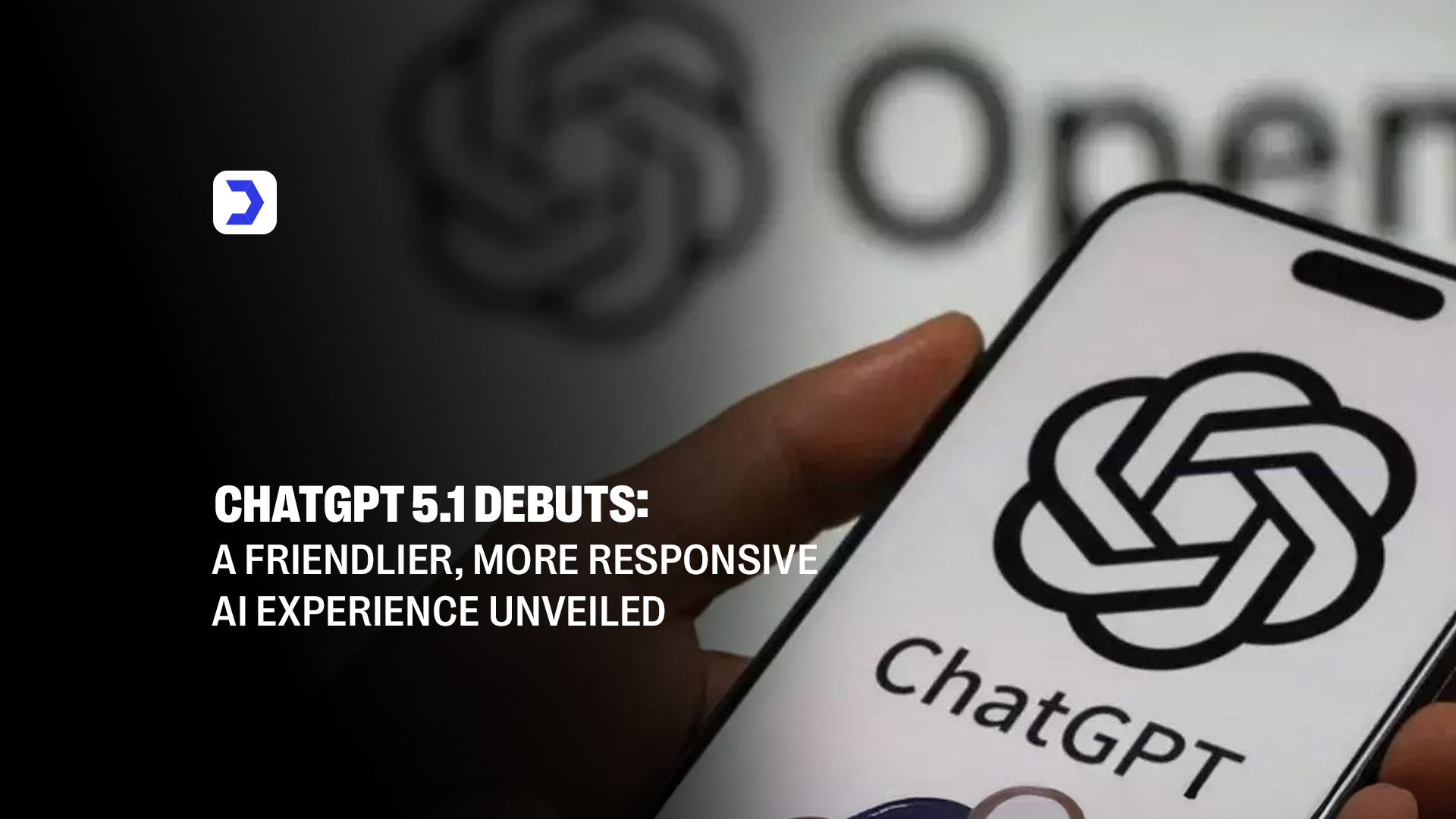Summary
- Sam Altman, the OpenAI CEO, addressed the early hurdles of the GPT 5 rollout, confirming efforts to refine model performance.
- Many users are advocating for the GPT-4o return, citing its speed and adaptability compared to newer versions.
- Ongoing performance feedback shows that while GPT 5 excels in reasoning, some prefer the agility of earlier models.
- Infrastructure expansion, including the new Abu Dhabi mega data center, aims to enhance OpenAI GPT capabilities worldwide.
- Chart GPT debates emerged after visual data presentation choices sparked a wave of commentary on Hacker News.
- Reports tied to Sam Altman AI decisions indicate continued innovation while balancing public expectations.
- Sources Sam Altman suggests that OpenAI is working on solutions to optimize GPT 5 without losing the strengths of GPT-4.
The rollout of GPT 5 has been one of the most closely watched developments in the AI world, but it hasn’t been without turbulence. Sam Altman, the OpenAI CEO, recently addressed the challenges, including user concerns about performance changes, the unexpected return of GPT-4o, and the now-infamous “chart crime” debate over benchmark transparency.
In his remarks, Sam Altman OpenAI acknowledged that while GPT 5 delivers significant advancements in reasoning, context handling, and multimodal capabilities, it has also sparked mixed reactions from long-term users. Many have found it excels in deep, nuanced tasks but falls short in the speed and responsiveness that certain workflows demand. This is one reason behind the reintroduction of GPT-4o, a model favored for its balance of quick responses and cost efficiency.
Amid these developments, Altman also highlighted the importance of maintaining different model tiers in addressing varied use cases, ranging from intensive research to high-volume customer service. This strategy is directly connected to recent operational updates, including adjustments in model availability in OpenAI O3 and changes in O4-mini usage. These changes show how OpenAI is structuring access in a way that allows both advanced models like GPT 5 and faster, lighter versions like O4-mini to co-exist, ensuring developers, enterprises, and individual users can choose the performance-to-cost ratio that fits their needs.
The “chart crime” debate, meanwhile, stems from disputes over visual representations of performance metrics. Some critics argue the comparative graphs painted an overly optimistic picture, while supporters say they simply illustrated specific testing conditions. Altman’s defense emphasizes that benchmarks should be understood in context, especially given that performance can vary dramatically depending on prompt complexity, dataset type, and intended use case.
By addressing these concerns head-on, Sam Altman AI initiatives appear to be focused on transparency, flexibility, and ongoing refinement, ensuring that OpenAI GPT continues to evolve while accommodating different user expectations.
Users push for GPT-4o return
The reappearance of GPT-4o has sparked strong discussions within the OpenAI GPT community. Many users, from casual ChatGPT iPhone enthusiasts to enterprise-level developers, have expressed that GPT-4o offers a level of responsiveness and conversational flow that feels faster and more intuitive than GPT 5 in certain contexts. While GPT 5 is celebrated for its advanced reasoning and longer context handling, some believe that everyday interactions, like rapid Q&A, summarization, and quick code generation, benefit from the lighter, speed-optimized GPT-4o.
The demand for GPT-4o’s return has also been fueled by workflows that prioritize cost-effectiveness without sacrificing too much capability. Businesses integrating iPhone AI into customer-facing apps, for example, have reported that the quicker turnaround of GPT-4o reduces latency issues and keeps user engagement high. This preference has become more pronounced in large-scale deployments where model responsiveness directly impacts service quality.
In the midst of these user-driven requests, OpenAI has been expanding its model offerings. Recent developments surrounding the rollout of GPT-4.1 to ChatGPT illustrate a broader effort to provide flexible solutions that cater to different needs. The introduction of GPT-4.1 brings a refined balance between reasoning power and operational speed, aiming to bridge the gap between the raw efficiency of GPT-4o and the deep analytical strength of GPT 5. For many in the Sam Altman AI user base, this signals that OpenAI is listening closely to feedback and adjusting its offerings to ensure a more tailored experience for developers, marketers, and everyday users alike.
By maintaining multiple model options, Sam Altman OpenAI is not just responding to market demand, it’s shaping a more adaptive AI ecosystem where both high-performance and high-speed options can coexist, giving users the freedom to select what works best for their unique applications.
Performance Feedback Still Mixed
Although GPT 5 delivers notable improvements in context retention, nuanced reasoning, and multi-step problem-solving, user opinions remain divided. Many acknowledge the model’s ability to handle complex tasks with greater accuracy, yet some find it less responsive than GPT-4o in situations where speed is vital, such as real-time customer interactions or live creative work.
This trade-off between deeper reasoning and instant responsiveness has sparked conversations among developers building high-demand applications. To address such concerns, OpenAI is expanding its infrastructure, including the development of a mega-scale data center in Abu Dhabi, larger than Monaco, which is expected to provide the processing capacity required for models like GPT 5 to operate at both scale and speed.Meanwhile, industry watchers following Mattrics AI news note that such expansions could ease current latency concerns, improve computational throughput, and reduce response delays. Still, balancing model sophistication with consistent real-time responsiveness remains a central challenge for the OpenAI GPT roadmap.




